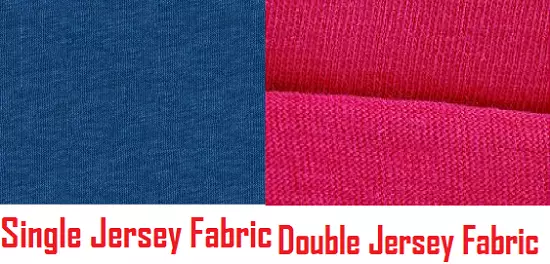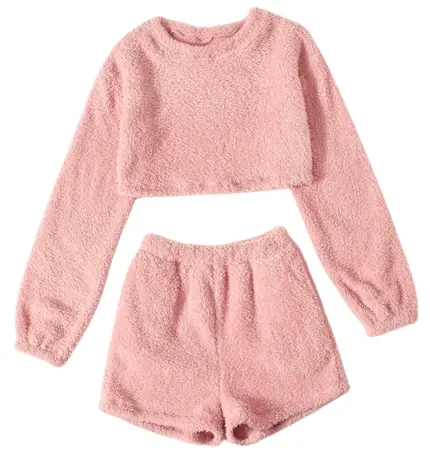Commonly fabrics we used or purchased from various sources are two types. Woven and Knit fabrics. Besides this, some Textile items commonly used for functional purposes like Medical or Hygienic purposes technically differ from Knit and Woven constructions. They are non-woven fabrics, made by mechanical/ thermal bonding. Woven and Knit fabrics are constructed on the basis of “Interlacement” and “Interloping” technics respectively. This content is about the difference between Single Jersey Fabric and Double Jersey Fabric.
Knit fabric construction is primarily classified into two things, Warp and Weft knit. In warp knit construction loops are vertically moved through the wall’s direction and at weft knit structure loops move horizontally through the course direction of knit fabrics. Weft knit fabrics can be produced by multiple techniques and machines. But identically weft knit fabrics can be produced by using single or multiple sets of needles. If the fabrics produce through single sets of needles are familiar as single jersey fabrics. And the fabrics produced by two sets of needles of fabrics are called double jersey fabrics. Both single and double Jersey fabric is weft knitted fabric. By using two sets of needles over a single set needle, some vital properties changed in weft knit fabrics.
Single Jersey Fabric
It is very understandable Single jersey is formed by one set of needles during manufacturing. Single jersey is mostly used for T-shirts, Tank tops, leggings, and Polo shirt manufacturing. In a single jersey face side and back side, appearance is different. This fabric is much warm, flexible, stretchy, and wear to comfort therefore gets popularity.
Double Jersey Fabric
A double jersey is also a weft knitted fabric like a Single jersey, but that is formed by double /two sets of needles. Double jersey fabric is almost similar to the single jersey fabric but in double jersey face and back side appearance is the same. Double jersey fabric is used for comparatively heavy wear dresses such as jackets, hoodies, high-end T-shirts, layette items, etc.

Difference between Single Jersey Fabric and Double Jersey Fabric
| Characteristics | Single Jersey Fabrics | Double jersey Fabrics |
| Needles Used | One set | Two set |
| Curling Tendency | Shows Curling Tendency | Don’t Show a curling tendency |
| Face & back Appearance | Differ in face and back | Similar appearance |
| Loop Appearance | Loops leg is visible on the face and the Head and foot are visible on the back. | Similar Appearance in face and back, but differ according to double jersey types. |
| Appearance | V shape in Technical face and wave effects on the technical back. | Similar Appearance in face and back, but differ according to double jersey types. |
| Unraveled | From both sides | Varies according to constructions, a few types from the last course, and some designs are locked, few from both sides. |
| Structure Balancing | Not balanced | Balanced structure |
| Extensibility | Half of Double Jersey | Twice of single jersey |
| Thickness | Half of Double Jersey | Double of single jersey |
| Machine used | Flatbed machine | V bed, Cylinder-Dial |
| Types | Plain | Rib, Interlock, Purl |
| Notations | 0 0 0 0 0 0 0 0 0 Technical Back x x x x x x x x x Technical Front | 0 0 x x 0 0 0 0 x x 0 0 0 0 x x 0 0 0 0 x x 0 0 Similar in Technical Back & Front |
| Cost | Comparatively cheap | Comparatively Expensive |
- Author name: Najmul Hossain
- Lecturer, Textile Engineering Department
- Chittagong National Engineering College
- Affiliation with University of Chittagong


